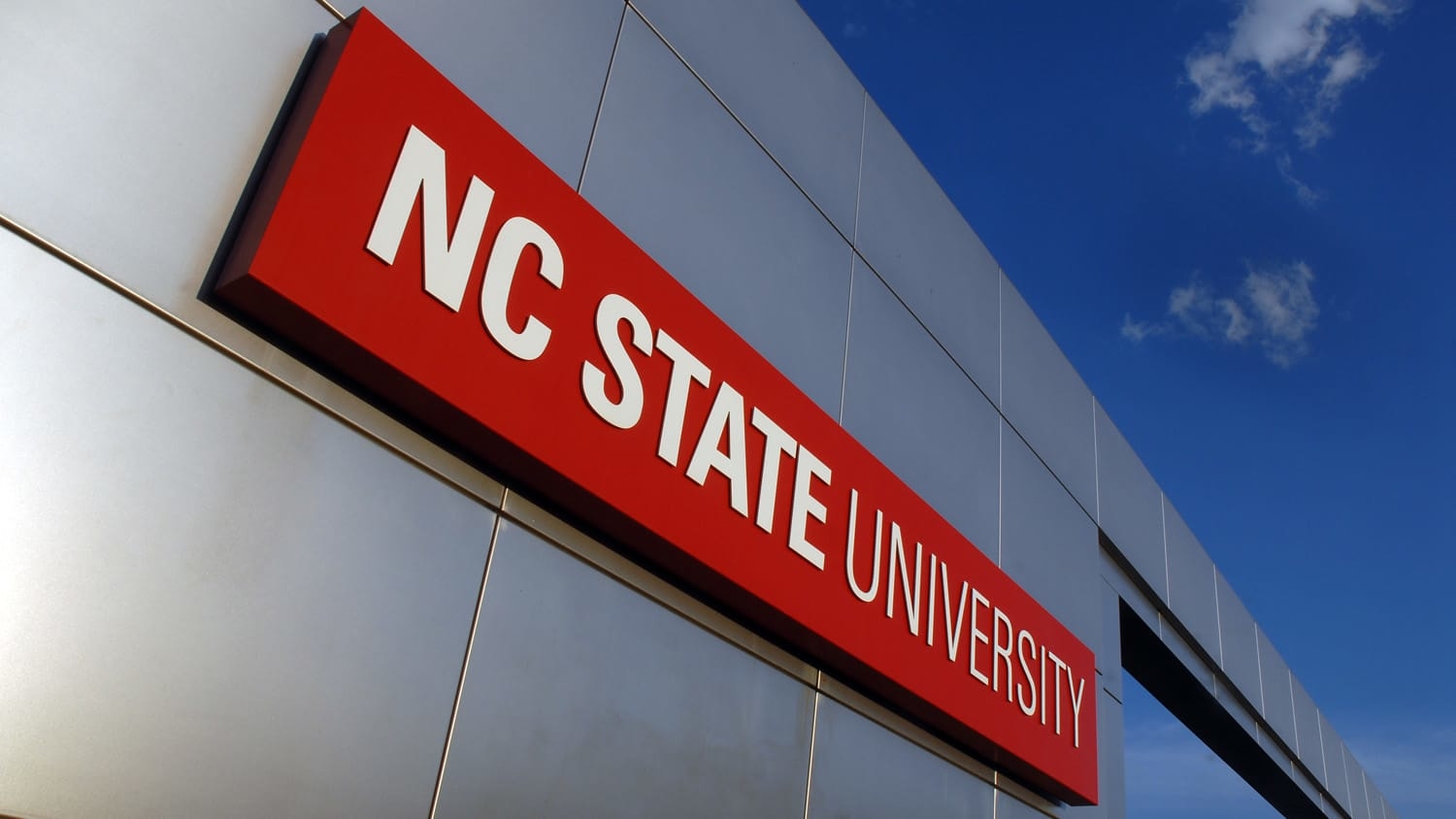Cataloging Critters
What is an insect museum and why is it important? Find out by checking out our question-and-answer segment with Dr. Andy Deans, NC State assistant professor of entomology and director of the university’s Insect Museum, which lives and grows in Gardner Hall. Responses have been lightly edited for style or clarity.
Q. What purpose does the museum serve?
Andy Deans: The museum serves multiple functions, but primarily it is an institution that:
- protects insect specimens for posterity; these specimens include vouchers for research and geographical records of species through time. These specimens are vulnerable to damage by pests (other insects like to eat dead insects on pins) and adverse environmental conditions (high humidity promotes fungal growth and/or pest outbreaks that can damage specimens; evaporation can damage specimen preserved in alcohol). We serve as a repository for important insect specimens.
- executes research on insect taxonomy – which facilitates communication about these species and which usually have predictive value – and evolution.
- serves as a reference for critical identification. What happens when a new insect is discovered feeding on gardens? It needs to be identified!
- serves as a reference for training the next generation of entomologists, through our graduate program (learning through direct observation of specimens but also receiving training in biodiversity informatics, insect sampling methods and museum science).

Q. What practical benefits does the museum provide to the community, the state, the nation and/or the academic community?
Andy Deans: See above, but being a reference for identifications is a critical one. There are tens of thousands of species of insect in North Carolina, and often the only way to figure out what they are is to compare [them] to previously identified material. Also, we have species collected from the tops of the mountains in western North Carolina going all the way back to the early 1900s. How has that (or will that) insect fauna change with global warming? My guess is that we have already seen the disappearance of some species from those mountains. Or we’ve started to see species normally found much further south appear in North Carolina. Those are the kinds of questions we can begin to answer when we have a large reference collection focused on the insects of North Carolina.
Q. Does the collection facilitate research? If so, what kind?
Andy Deans: We facilitate research by providing specimens and specimen data (when/where they were collected, how they were identified, what research they were a part of). We also have instruments that are used by the entomology department – collecting gear, imaging equipment, etc.
Q. Does the collection have genetic or database components?
Andy Deans: We have a deep freezer for preserving insect DNA, called Genome Bank. We’re looking to expand this component of our collections. We also have a specimen database that will likely be made available for public searching/browsing this fall. Our database will also feed data to the Global Biodiversity Information Facility, a clearinghouse for biodiversity data. These data are critical for monitoring species declines, global warming trends, and the rise of invasive species, among other kinds of research.


